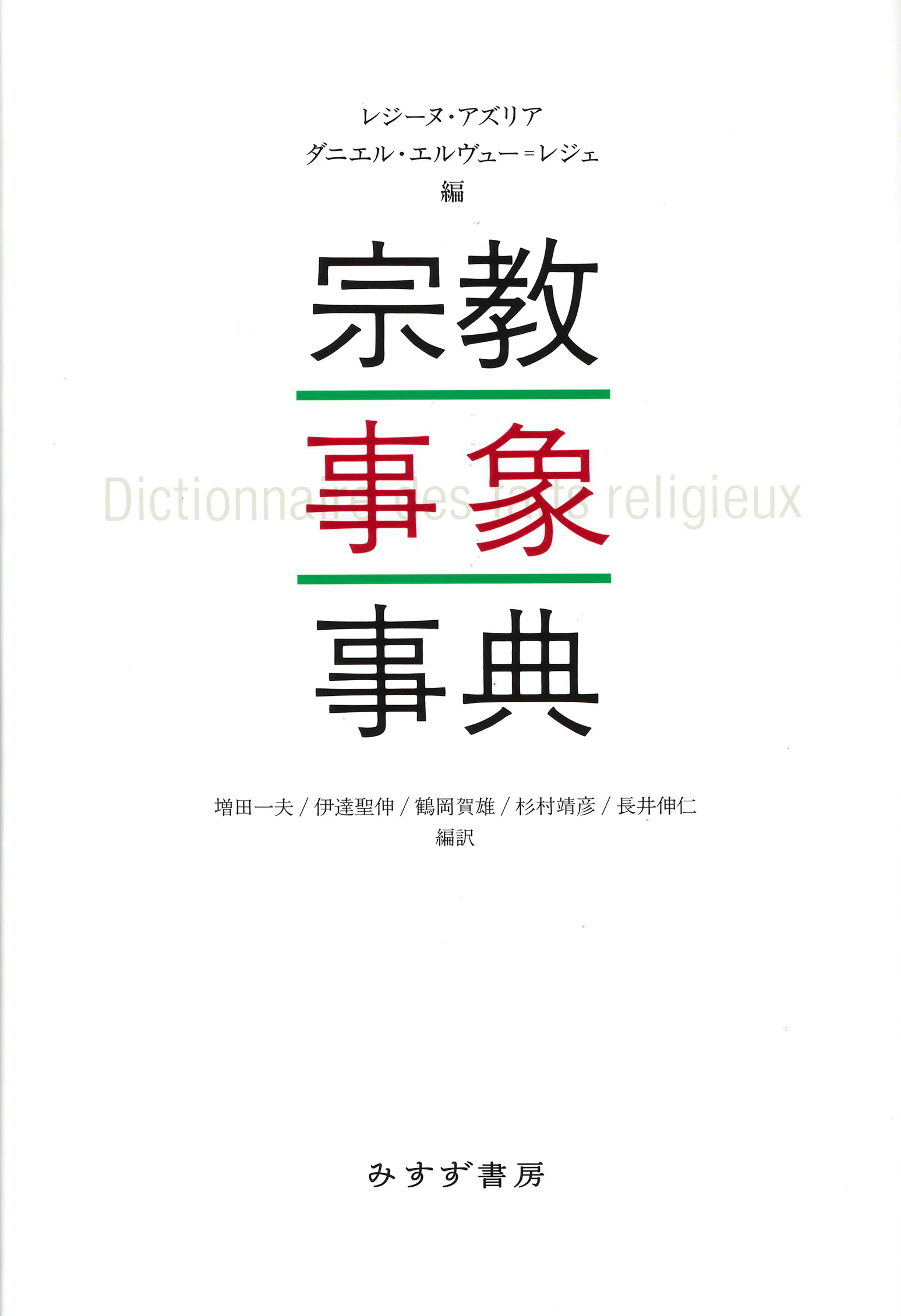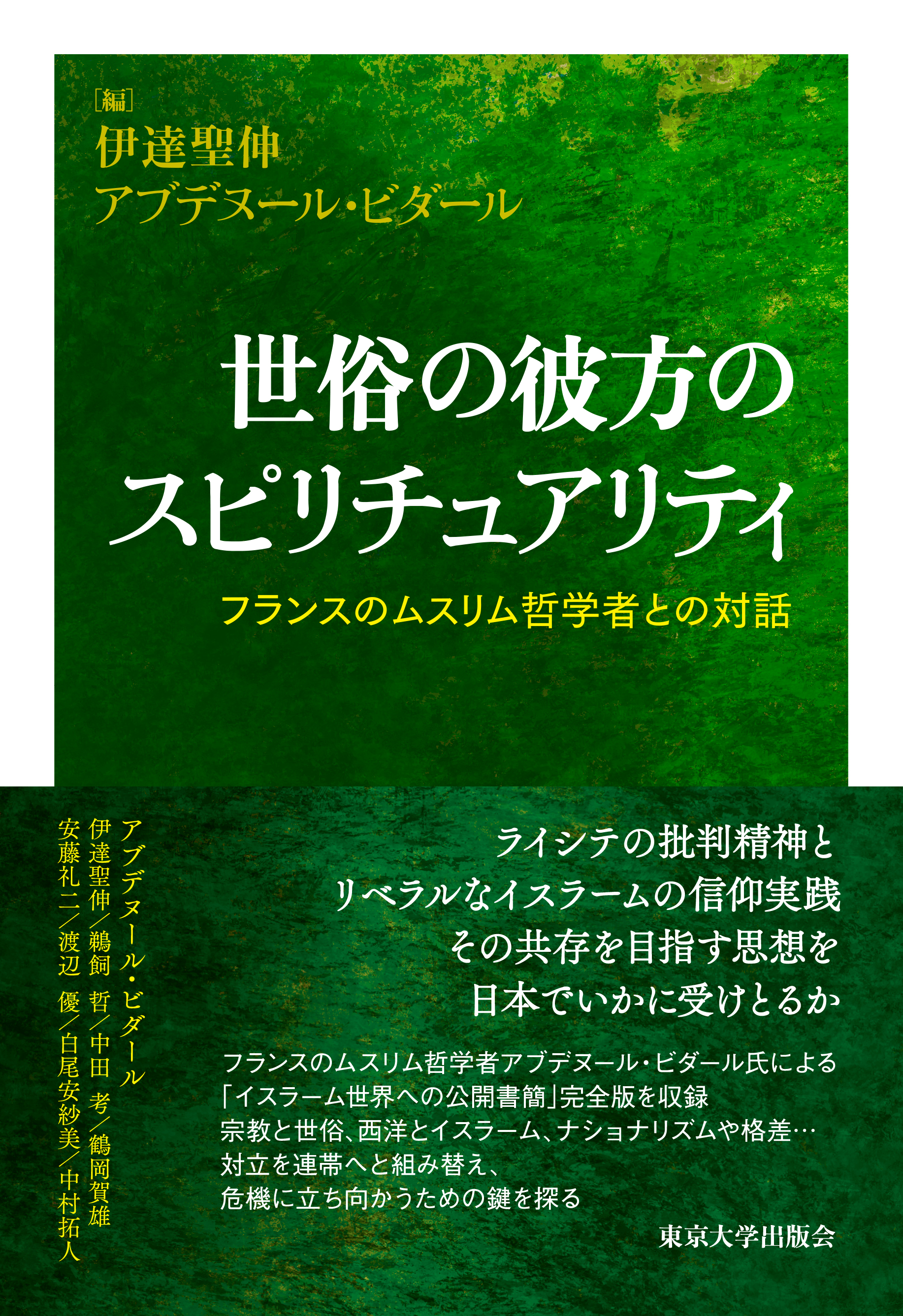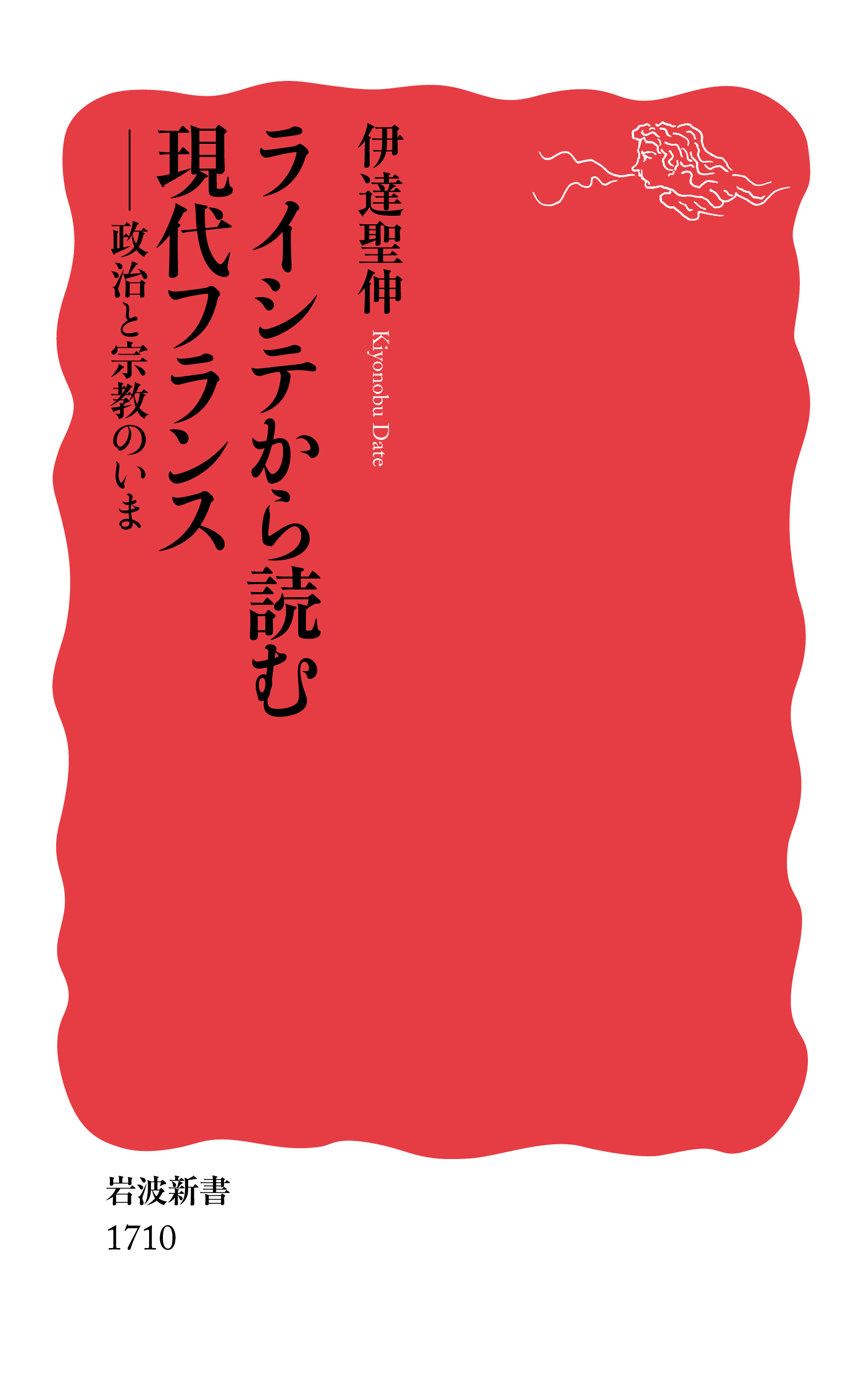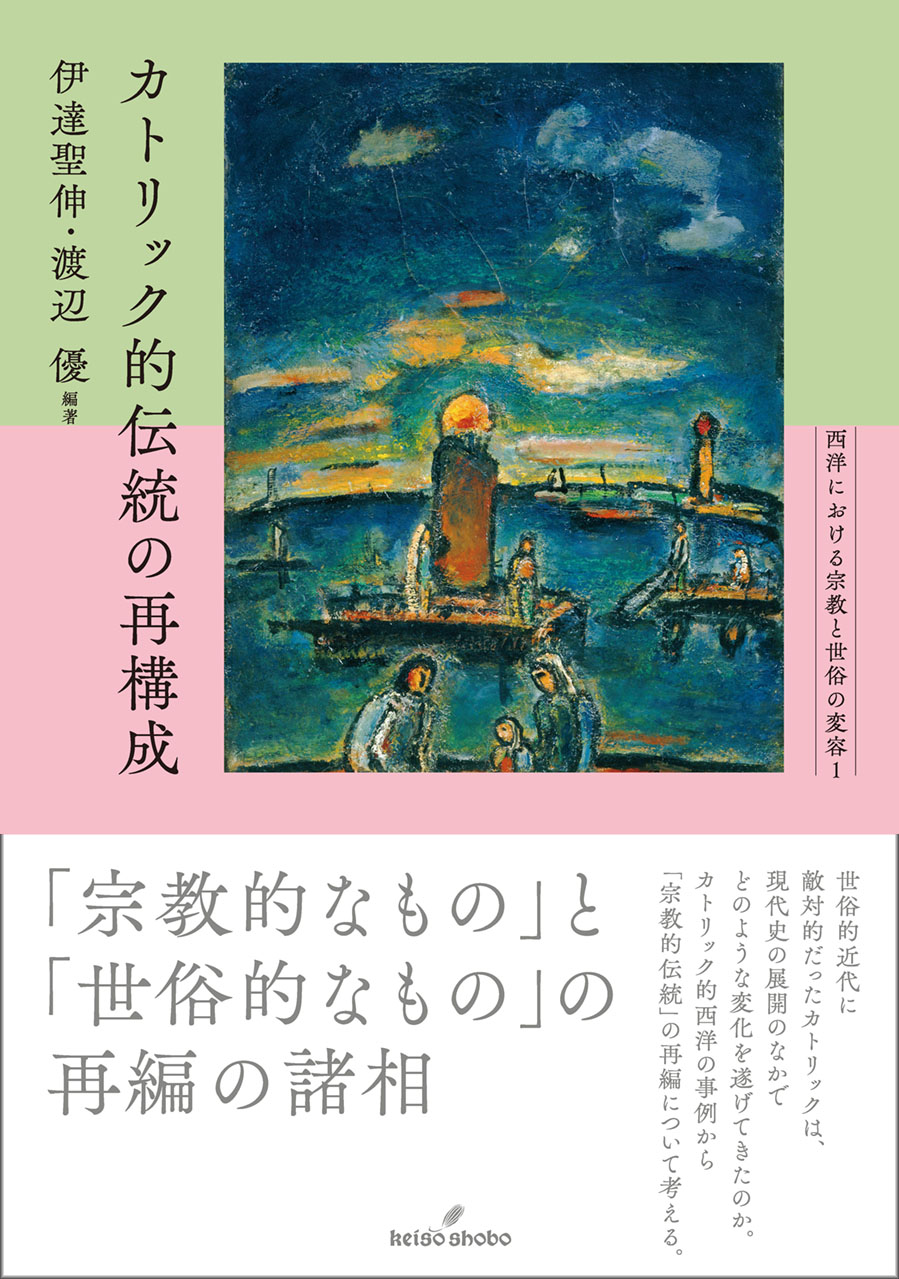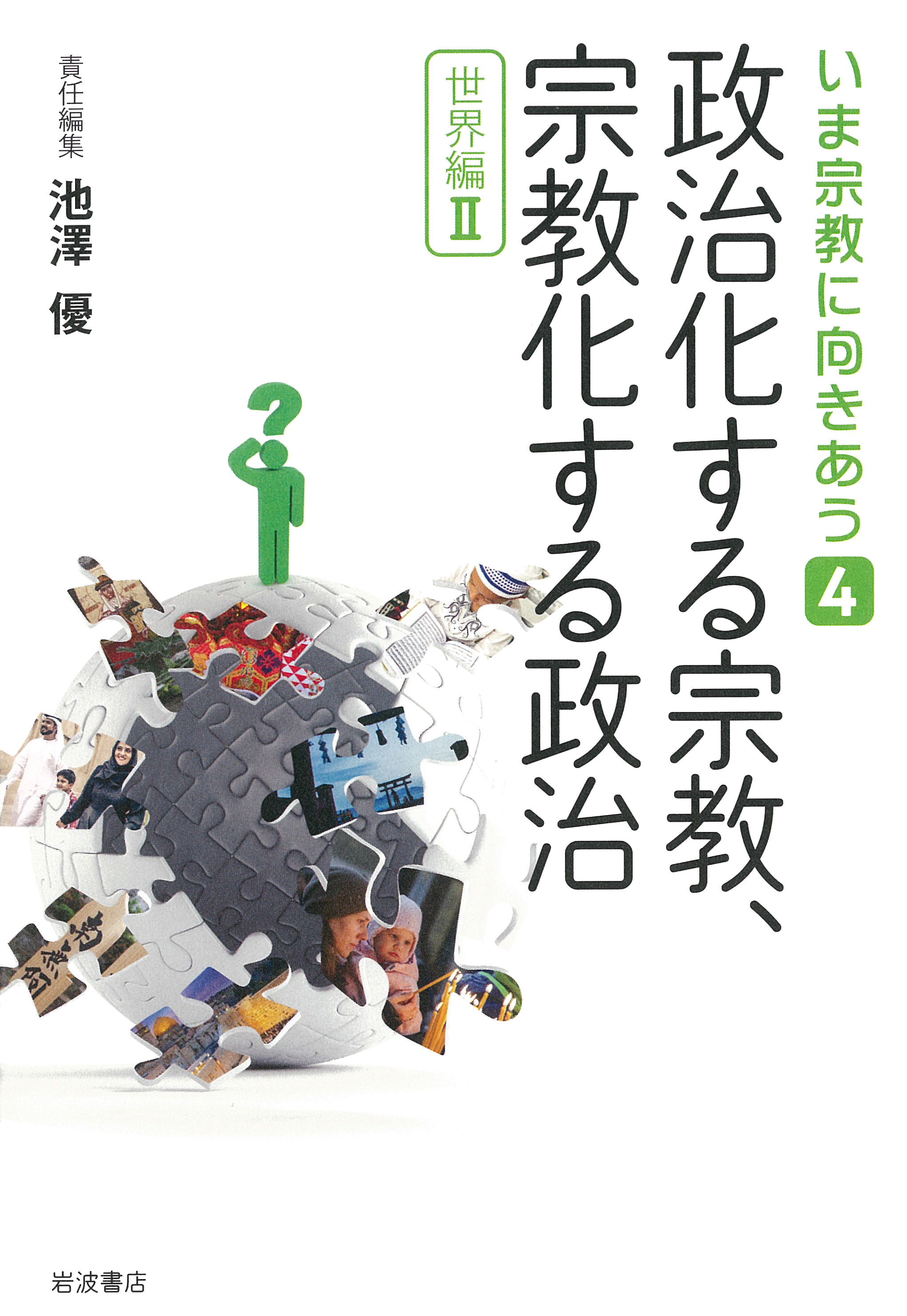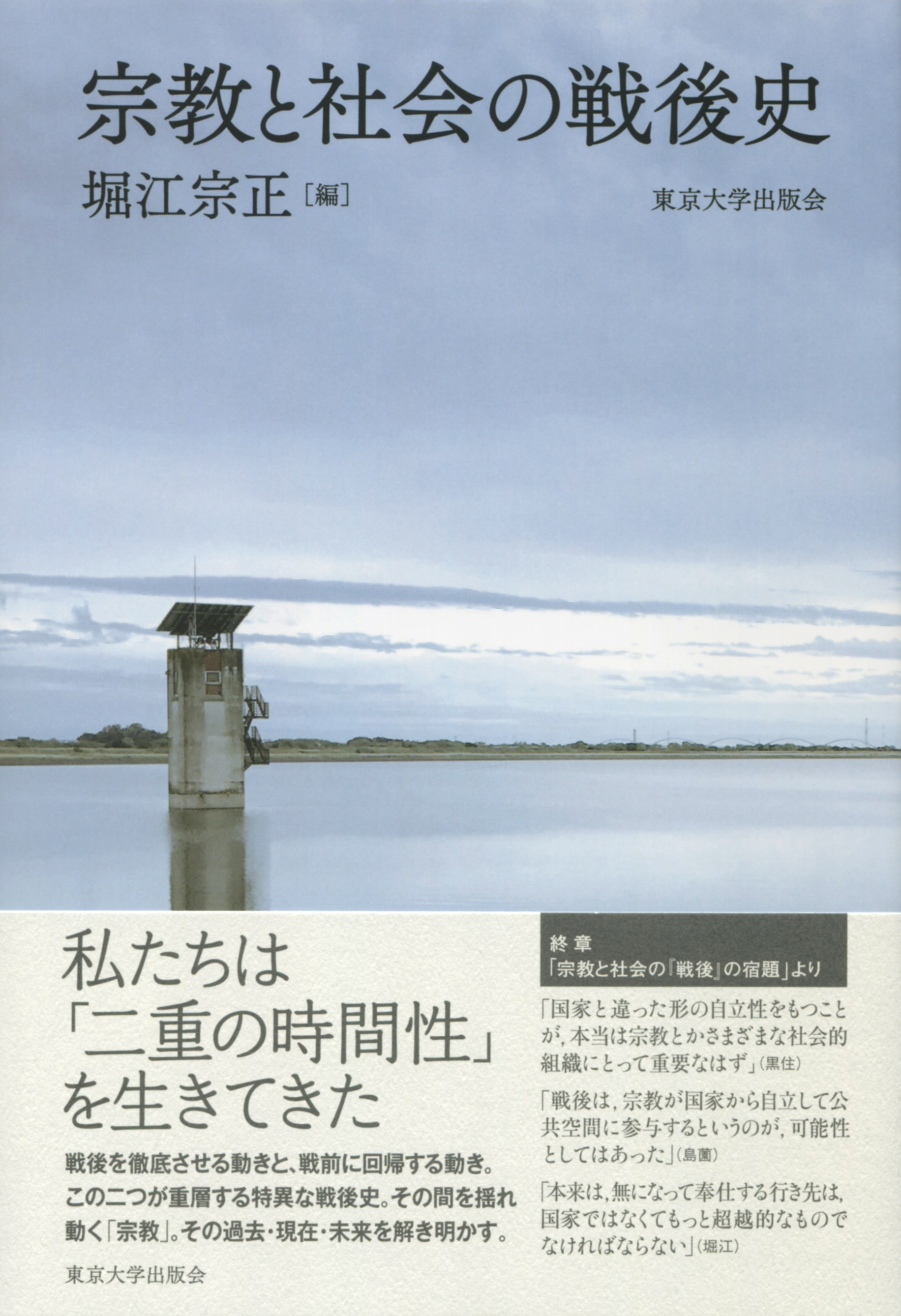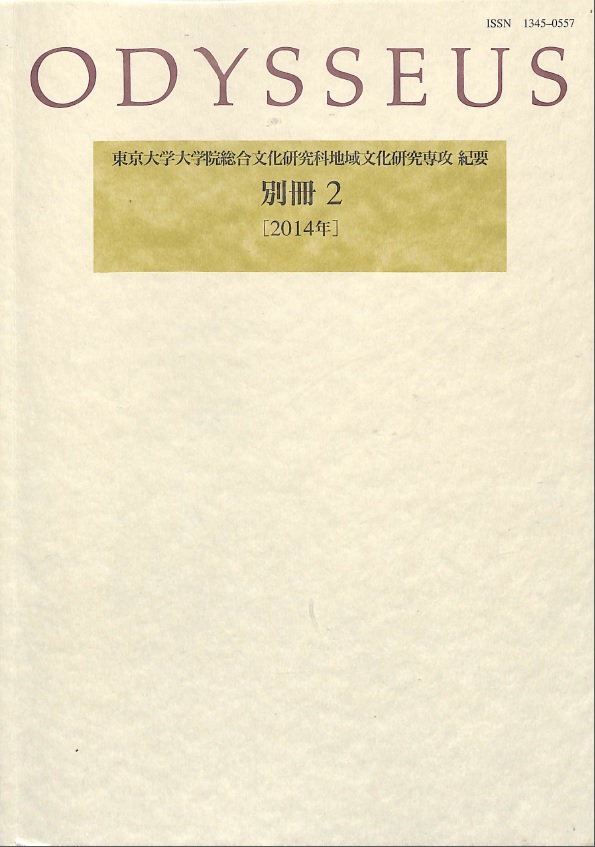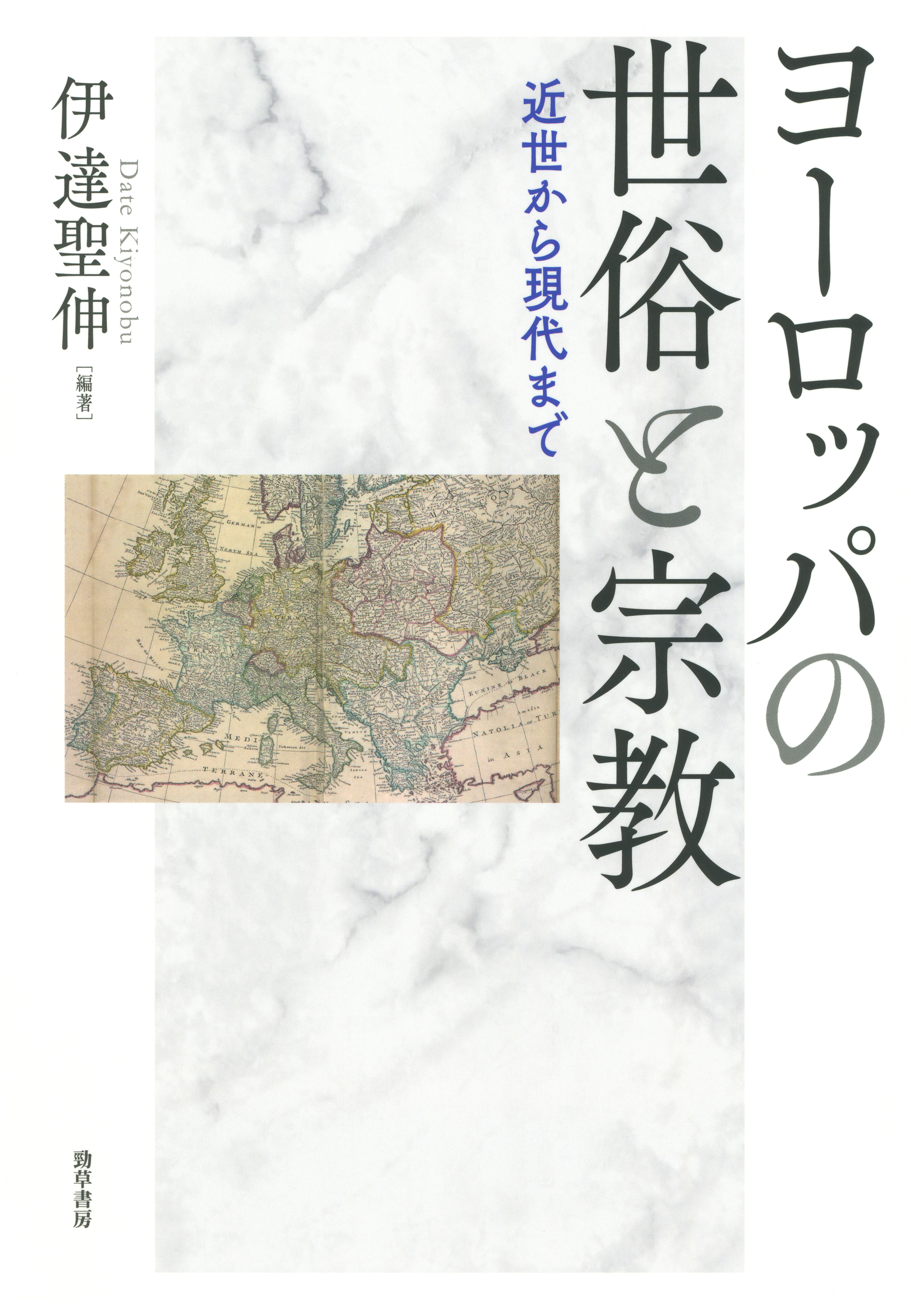
Title
Europe no Sezoku to Shukyo (Secularism and Religion in Europe - From the early modern era to the present)
Size
352 pages, A5 format
Language
Japanese
Released
October, 2020
ISBN
978-4-326-10286-0
Published by
Keiso Shobo
Book Info
See Book Availability at Library
Japanese Page
Laïcité, the French principle of secularism is my area of expertise, and the period around 2005 saw a flourishing of diverse research that deals with issues surrounding historical examinations of laïcité with an eye on present-day challenges and comparative studies within European countries. This is partly because 2005 marked the 100th year anniversary of the establishment of France’s 1905 law on the separation of church and state. As a Ph.D. candidate living in France around that time, I was excited by this groundswell of research and recall wondering if I might be able to perform international comparison regarding the relationship between church and state while also introducing the topic in Japan. At the same time, I felt that the topic was too broad for just one individual to handle.
Sometime later, I had the opportunity to design and coordinate a multidisciplinary course on European research in the Faculty of Foreign Studies at Sophia University. I was able to put together a team of lecturers including those fellow colleagues specializing in European countries (although they were not necessarily experts in religious studies they all had some knowledge of religion) and also those researchers belonging to other institutions who specialize in religious studies. My goal was to develop a course in which the fruits of research could be given back to society through the education of university students. It is to this end that I created a Grants-in-Aid for Scientific Research (KAKEN) project titled “The Trajectory of Religious and Secular Identity in Europe: Interdisciplinary and Comparative Approach to Church-State Relation.” This book is one of the outcomes of this project.
The objective of the book was to re-position the various manifestations of religion during the time of secularization in Europe within a somewhat systematic framework. It was decided that this could best be accomplished by comparing “structures” of church-state relationship in European countries.
The hypothesis that “religion” is a concept created in the Western world during the modern era under strong influence of Protestantism is now becoming accepted in contemporary religious research. That said, the “West” and “Europe and America” tend to be discussed as being monolithic in religious studies in Japan. Accordingly, in the schematic section (the first part of the book), the focus is set on re-correlating the church-state relationship in different countries by comparing (and thereby relativizing) critical aspects of the change-over-time in the church-state relationship in major countries of Europe from the early modern period to the present day. In addition, rather than trying to perceive the church-state relationship from an absolute or objective viewpoint, the book attempts to see both “Western” and “Eastern” Europe from various perspectives. Another unique feature of this book is that the general remarks were co-written by nine authors.
The individual chapters on more particular cases (the second part of the book), while aligning with the general remarks, were authored by each scholar according to their area of expertise. The essays were not grouped based on the author’s discipline or time period. Rather, an element of surprise was intentionally introduced by grouping the essays together by theme. The book also contains standalone articles in which the authors comment on each other’s essays. A “Compiled Materials” section is included at the end of the book in which various maps, tables, graphs and other visual representations of data are presented for topics ranging from the breakdown of religious adherents in different countries to the state of religious education in public schools, regulations related to the wearing of veils and burkas, and information related to euthanasia and doctor-assisted suicide.
There are few Japanese-language books on European religion that cover the same scope of time and space as this book does—i.e., from the early modern era to the present and from Western Europe to Central and Eastern Europe and Russia. Although the book may appear to be prudently put together, from the standpoint of the editor, it was quite a challenge.
(Written by DATE Kiyonobu, Associate Professor, Graduate School of Arts and Sciences / 2021)



 Find a book
Find a book


 eBook
eBook